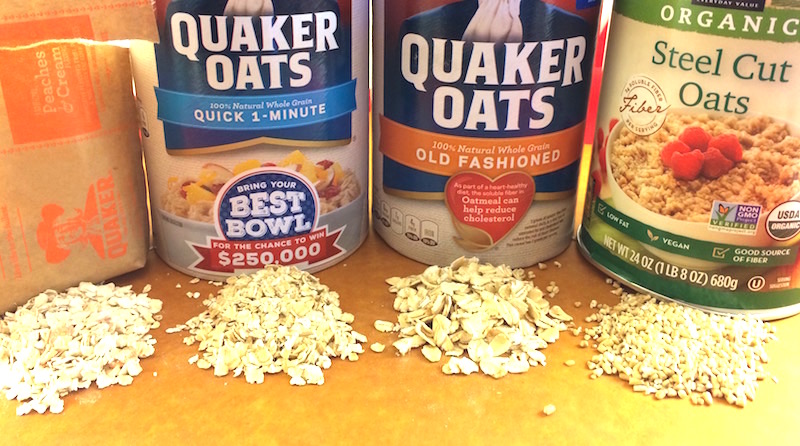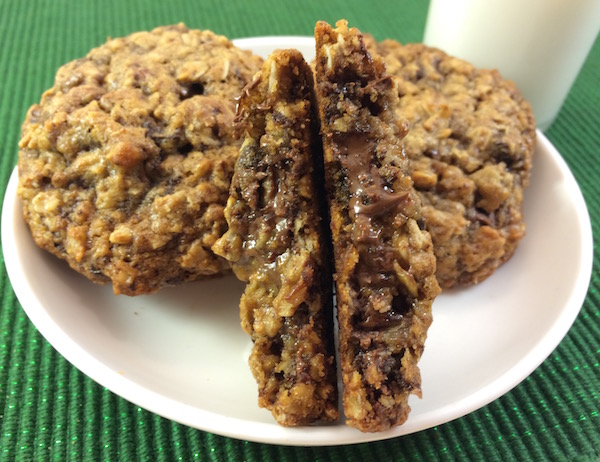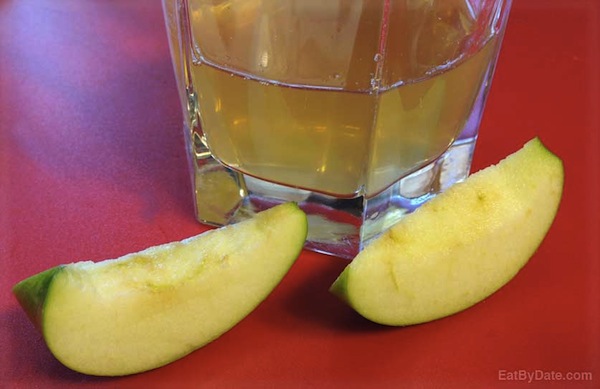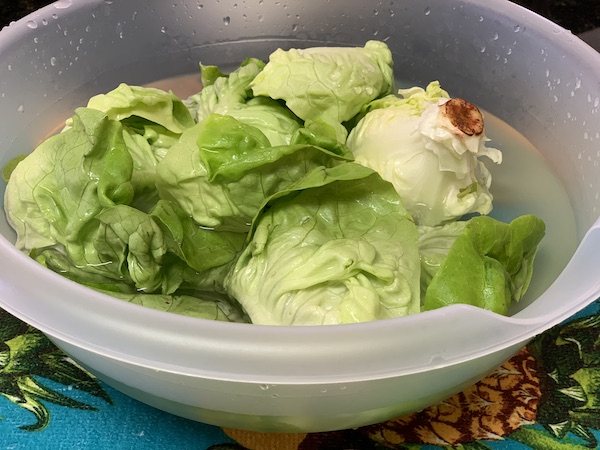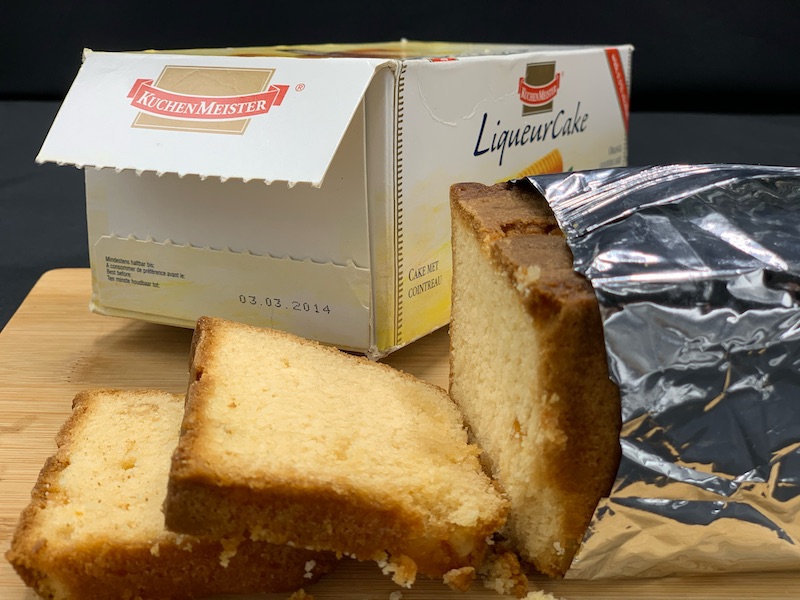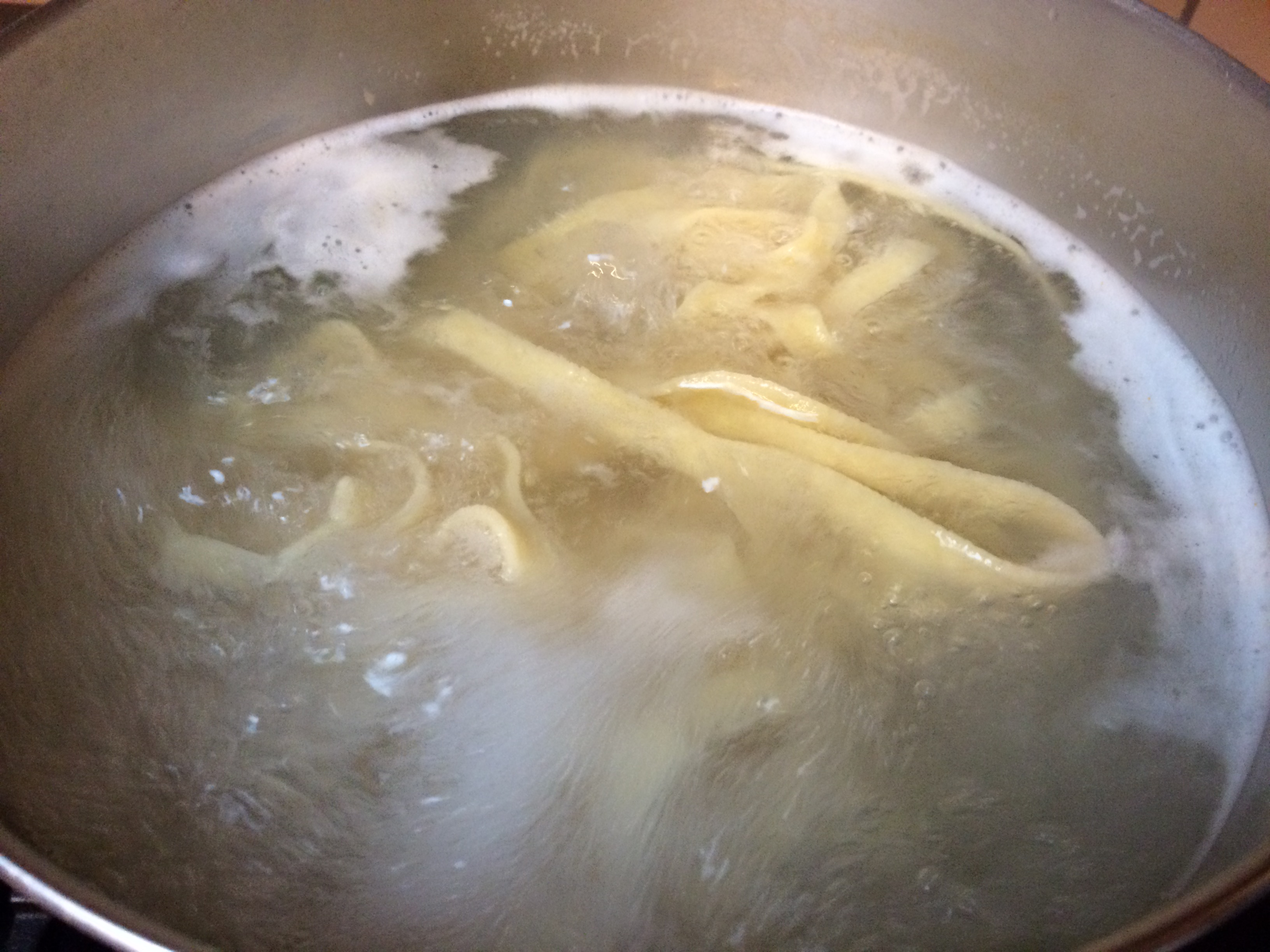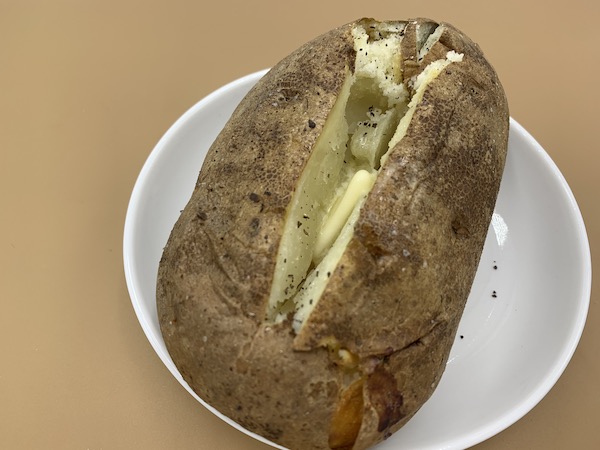Using Bruised and Damaged Fruits and Vegetables
According to the Food and Agriculture Organization (FAO), 45% of fruits and vegetables that are produced are wasted! [1] That makes this group of foods the most wasted of all food groups. Add to this the energy and resources that it takes to grow, distribute and process produce in the first place and that equates to a huge waste. With fruits and vegetables becoming more and more in demand as more people adopt healthier eating habits, this food group deserves careful consideration before it is tossed into the trash or compost pile.
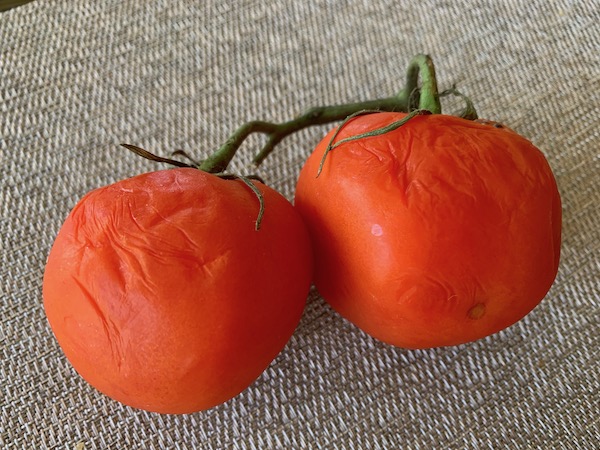
Using Bruised and Damaged Fruits and Vegetables
Most bakers know for a fact that fresh bananas do not make a good banana bread – the more brown spots and darker the skins, the tastier the resulting baked good. At the same time, most people forget to view other fruits and vegetables in a similar light. Often flavors enhance with age. Just remember, when considering your produce, that mold must always be avoided.
Let’s search for ways to use fresh produce that is either fast approaching its personal “eat by date” or has otherwise been damaged in some way along route into the kitchen.

For instance, the tomatoes pictured above don’t look very appealing. They’re old, wilted and bruised. Trying to slice them for a salad or sandwich would result in a soft, wet mess that won’t taste very good at all. Most people would go so far as to say that they are trash. As always, one man’s trash is another mans treasure! Baked goods and sauces, among other things, are perfect places to toss in damaged goods and then end up with a rave worthy creation. Let’s explore ways to use older fruits and vegetables, beginning with the wilted tomatoes pictured above.
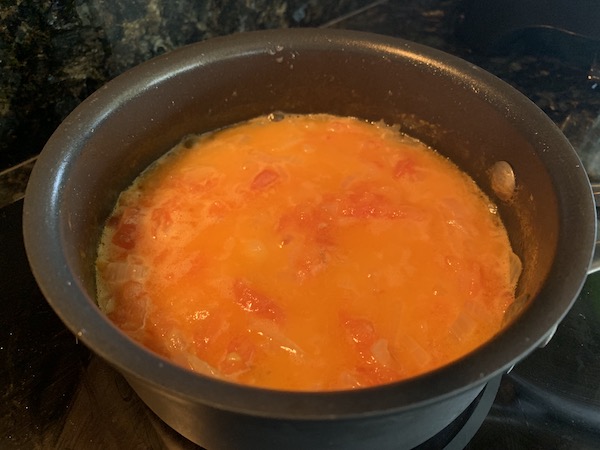
These old tomatoes actually laid the base for a very tasty pasta dish. We removed the skins and simmered them with some onions and a touch of garlic. Nothing else was needed in the pot because the tomatoes were so juicy at this point. We must admit that we did use Maui onions, which is why the resulting sauce was so sweet and delicious, but the dish wouldn’t have been possible without these old mushy tomatoes.
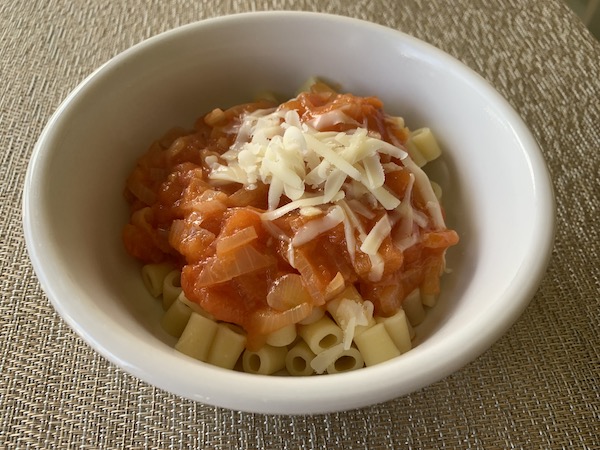
We added some pasta underneath and a little cheese on top… yum! Who would have guessed that it all began with (almost) rotten tomatoes?
Other Old Produce That's Proven Useful
Slicing and eating fresh produce that is beyond its best-by date will sometimes be undesirable to eat straight. But, think about the desirable qualities of a smoothie or a sauce… delicious because they are soft and wet! Smoothies are a great place to use up whatever fruits and vegetables that have softened, but not yet molded.
These imperfections are easily cut around to make applesauce or an apple pie. But also consider a simpler recipe – sliced apples – simmer the slices in a pan with a little water and then add a touch of lemon, butter, sugar and cinnamon for a comforting side dish.
Make a quick peach cobbler with soft and damaged peaches. This will also save energy as it need not be cooked as long to soften the fresh peaches.
They’re going to be smashed anyways, so cut out the good parts and enjoy. If the edges of a stored avocado have browned, simply scrape the edge with a knife to reveal the beautiful green color immediately underneath.
Cut it out! One bad part does not affect the entire melon, whatever kind is in the kitchen.
Using Bruised and Damaged Fruits and Vegetables
Additional Information
For information on using produce scraps, see our scrappy tips post.
Consider regrowing fruits and vegetables from their roots, often simply by placing the root scrap in water.
If you’re not already composting, it’s more than time to look into creating a compost. That’s after exhausting all other possibilities, of course.


